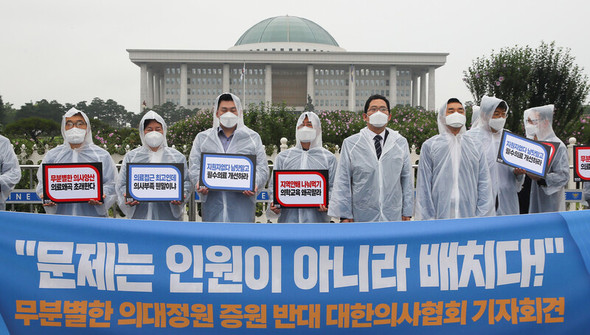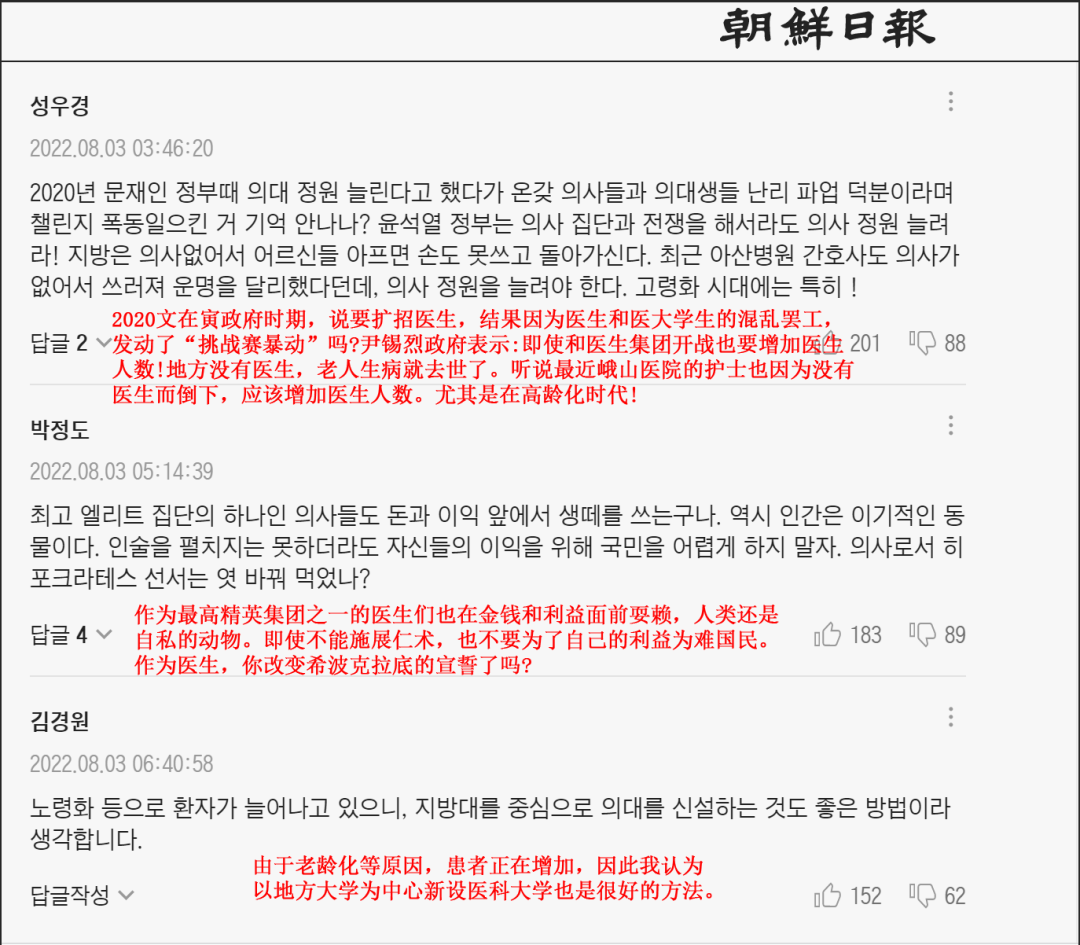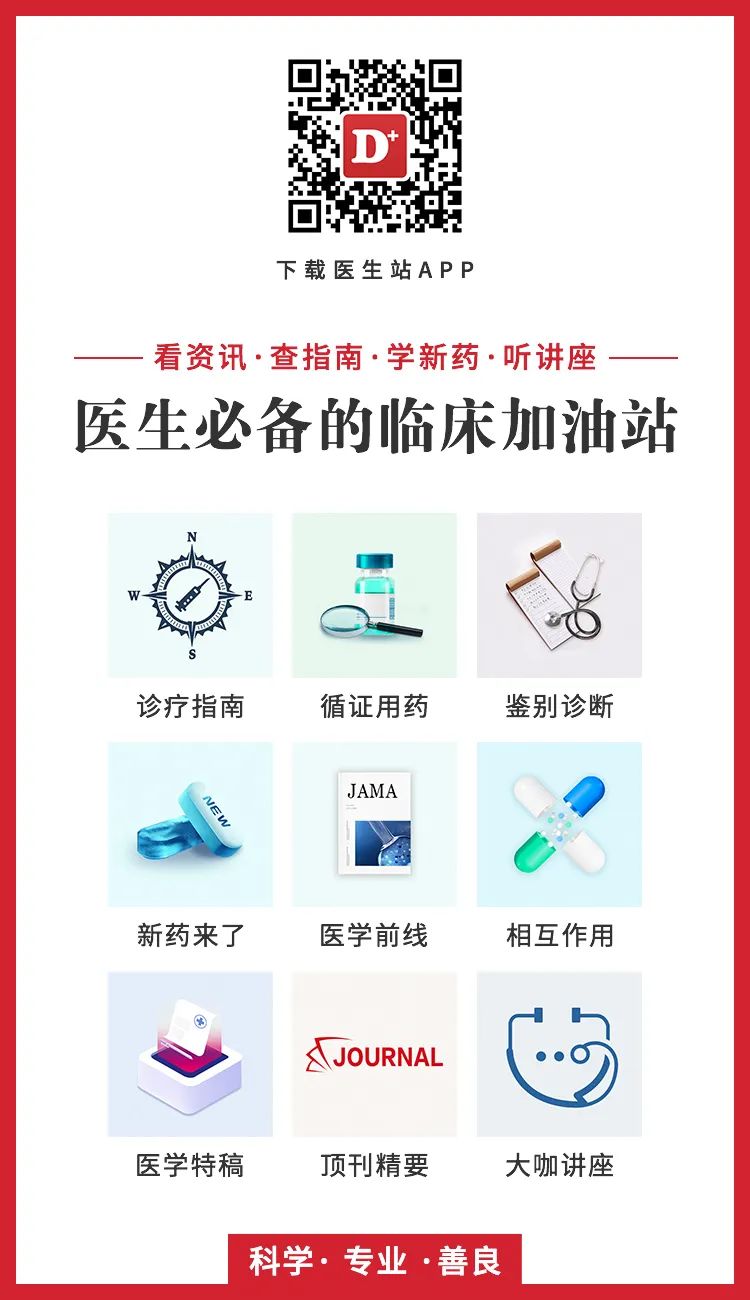Sixty % of thoracic surgeons are over 50 years old, where did young doctors go?
Author:Medical community Time:2022.09.25

The more difficult the surgery, the more serious the age of the doctor is.
A piece of data shows that more than half of the doctor of the Korean thoracic specialist is more than 50 years old, and the supplement of young doctors is far from enough; on the other hand, the "Skin Eyes" HKUST is popular, and medical students are rushing.
The more difficult the surgery, the more serious the age of the doctor is. A dean of the South Korean capital circle bluntly stated that the demand for surgery and outpatient treatment has increased, and clinicians have shortages. In the long run, the hospital may face "surgery chaos" 10 years later.
This makes people ask: What happened to South Korea Medical?
There are faults in general surgery and cardiac surgery,
The treatment is not matched or the main cause
In the field of Korean medical services, ordinary surgery and cardiac surgery are the least popular categories.
According to data cited by the Global Times, the number of recruits for Korean Medical College has been increasing in the past 30 years, but surgeons who have obtained licenses each year have decreased from 220 to 140. In thoracic surgery, doctors have a very serious situation. Among the 1,161 thoracic surgeons under the age of 65, 60.8%are more than 50 years old, 436 thoracic surgeons will retire within 10 years. insufficient.
Korean media reports show that after most Korean medical students and clinical intern doctors have completed medical education and training, even if they are interested in surgery, they are willing to learn more skills, they are unwilling to be ordinary surgeons. They generally believe that the future of surgeons is full. Determination.

Korean physician qualification examination. Figure/Hanwang
This uncertainty is first reflected in the income treatment of the general general. Similar to China, the social and economic status of Korean doctors is very high. Ms. Huang, who moved to Gyeonggi -do, South Korea, told the "medical community". "However, it is difficult to enter the Korean Medical College. In addition to excellent personal grades, their families must also have considerable economic strength. Medical students' tuition fees are very expensive, and they are a big burden on families with poor economy." She added.
Song Furong (transliteration), a professor of surgery at the Saint Marie Hospital of Seoul, said, "After graduating from 6 years of medical school, you must spend 55 years of training and inpatients after graduating from the 6 -year medical school. Become a peers at the time of the year. Men still need to take military service for 3 years. "
The cost of high economic and time input brings high career expectations. However, students and intern of medical schools generally believe that the income of surgeons is not high, and the income of ordinary surgeons is lower than plastic surgeons. The Seoul Saint Mary Hospital where Song Jiaorong is located is one of the five largest hospitals in South Korea. The intern is scrambling to find a job, but the applicant of the surgery department is shortage.
If a doctor performs plastic surgery instead of saving lives, he can make more money. This is why students and interns do not want to become surgeons, Song Jiaorong said.
It is reported that "skin -eye tidy" (dermatology, ophthalmology, plastic surgery) and "Jingkang Shadow" (ingenuity and medical department, rehabilitation medical department, video medicine department) are South Korea's more popular medical field. It is a field that is not applicable to medical insurance.
South Korea's strong push for medical insurance reform,
Practitioners transfer non -medical insurance fields
South Korean medical insurance supervision has a comprehensive organizational structure, a high level of specialized regulatory personnel, and strong binding force on medical institutions [1]. However, under the medical insurance reimbursement system in South Korea, patients do more surgery means that the hospital has a greater economic loss. If surgical services within the scope of non -medical insurance, such as plastic surgery, both hospitals and doctors have higher income. Song Jiaorong said.
At the end of the 1990s, due to the aging population and the rise in drug costs, the Korean Medical Insurance Fund appeared in deficit for years. In the field of medical service expenses, South Korea adopts the method of paying according to the project. The provider of medical services often does not adopt the corresponding treatment method for the patient's own characteristics, but blindly uses a high -profile treatment project [2] Essence
In 2001, the South Korean government began to adopt two measures to synchronize the reform of the payment system, that is, diagnosis and treatment related groups (DRGS) and resource -based relative value standards (RBRV). The former is suitable for hospitalization, and the latter is suitable for outpatient treatment.
In comparison, RBRV is based on resources as a relative value standard to judge the value of various services to pay for doctors. In view of the fact that it is still based on the system charged by service items, this reform has not suffered great resistance.
At the beginning of DRGS, it was strongly opposed by medical service providers. DRGS's pilot projects include service items with large profits, such as obstetrics and gynecology, medical beauty and psychological counseling services. The compression of profit space has made relevant interest groups trying to prevent the government from promoting this reform to all medical institutions, and also allowed the government to increase the price of relatively cheap medical service projects and refuse to reduce the price of too high medical service projects.
In this context, the South Korean government is still helpless about the excessive emphasis on high -profit service projects. Until 2013, South Korea forced all hospitals to implement DRG -based prepaid systems, covering 7 diseases and hospitalizations [3].
South Korea's DRG reform has achieved significant results, not only inspiring suppliers to reduce costs and overall medical expenses, but also reduce the burden on the fees of patients. However, compared to the United States and European countries, South Korea lacks a corresponding incentive system in the process of implementing DRG to promote technological innovation, such as clinical clinical needs for indispensable advanced instruments and equipment (such as surgery, etc.) The compensation space for instruments and equipment is small. In addition, South Korean doctors also strongly oppose the cancellation of the service system, and DRG cannot further expand coverage and enforcement. [4] There are many surgical emergency surgery, which can easily lead to a reduction in quality of doctors' lives; surgery such as greater risks such as childbirth is likely to cause medical disputes. There are no doctors in such rewards less than paying. "Unless the medical insurance reimbursement of the operation has been improved, the future specialists will rarely choose ordinary surgery." Song Jiaorong said.
Under a high market -oriented environment,
Continuous game between the government and doctors
Since the beginning of the 21st century, the South Korean government has vigorously promoted medical reform, including 4,000 medical schools in the next 10 years and established policies such as the National Public Health Medical College.
In July 2020, the South Korean government announced that it plans to increase the annual 3,058 enrollment quota stipulated in the medical school in the next 10 years. At the same time Students of health work give rewards. The policy became the fuse of the "130,000 doctors' collective clip" when the new crown epidemic outbreak.
The Korean Physician Association held a press conference in front of the main entrance of Congress to oppose the expansion. Photo/Yonhap News Agency

In this regard, Korean medical practitioners have accused the government of launching the expansion plan as a decision to "shoot their brains." The Korean Medical Association (KMA) believes that there is no problem with the current coverage of Korean physicians, and the treatment of existing physicians is even more serious. Once the surge in medical intern will cause bad competition, and South Korea's medical system will be even more chaotic. The Intern Association also said that it is the top priority to raise the salary of medical workers.
However, according to the data reported in Guangming.com in 2018, the average monthly salary of South Korean doctors was 13.04 million won (about 775,000 yuan). According to the statistics of the South Korean Department of Statistics, South Korea generally formally compiles the average monthly salary of employees of 2.79 million won (about about approximately about 2.79 million won (approximately approximately about The average salary of Korean doctors was 4.6 times the average salary of South Korean doctors.
According to this, the media said that the reason for the treatment of the Korean Physician Association may not be able to stand, and it is more likely that "the wolf is less fleshy", and the benefit is that the existing cakes are worried that the existing cake will be cut.
At present, Korean netizens still commented below the relevant news, and they believe that the Korean physician group seems to have excessive "self -interest".
Korean netizens commented on the "August 26 Korean Doctor Strike" incident. Screenshot/Korean Daily

On September 4, 2020, the co -Democratic Party and the government of the South Korean ruling party reached an agreement with the medical community on the expansion of public medical resources to stop promoting the expansion of medical institutions and the addition of public medical university policies. The collective clip of the medical community starting on August 21 was announced by the "government compromise with the Korean Medical Association".
For a long time, Korean medical and health service provision models have shown high market -oriented characteristics. Private hospitals and clinics accounted for more than 90%, private medical institutions accounted for 88%of the beds, 91%of medical experts, 90%of outpatient services, and 93%of emergency rescue. The people in South Korea's trust in private clinics are also high [5].
At present, South Korea ’s health service fields such as consumer medical care and special -demand medical care for national medical insurance are priced by the market in a fully competitive environment, and the government does not intervene. According to relevant data, the amount of self -payment for Korean medical services accounts for about 21%of the total medical expenditure. If the ultrasonic examination is not within the scope of the medical insurance, patients need to pay the entire price when receiving this medical and health services, and the testing service has also become one of the revenue points of Korean hospitals.
South Korean medical experts believe that medical manual imbalances and the aging problems of the department cannot be resolved by setting up a public medical university or increasing the number of doctors. South Korea urgently needs to cultivate talents in the essential medical field through separate funds separated from health insurance.
references
[1] Guo Ying, Mao Wenhui, Xiang Hao, Tang Shenglan. South Korean medical insurance supervision organization system and management capabilities and its revelation [J]. China Health Policy Research, 2020, 13 (03): 1-5.
[2] Wu Kai, Wang Zhensheng, Yuan Congshou, He Zhi, Cai Jiangnan. World Medical Reform Revelation (6) South Korea: "Political Stream" Promoting Medical Reform [J]. Dean of Chinese Hospital, 2011 (15): 68-71 Then, then, then
[3]Kim, Jeong, Yeon, et al. Impact of the new payment system on laparoscopic appendectomy in Korea[J]. Journal of Surgical Research: Clinical and Laboratory Investigation, 2015, 199(2):338-344.
[4] Cheng Wendi, Wang Haiyin, Jin Chunlin. South Korea's innovative medical technology payment policy and revelation [J]. China Health Resources, 2020,23 (01): 55-58.doi: 10.13688/j.cNKI.CHR.2020.19193. [5 ] Jing Wanbo. The reform and revelation of the Korean pharmaceutical and health system [J]. Fiscal Science, 2017 (08): 126-132.doi: 10.19477/J.CNKI.10-1368/F.2017.08.011.
Source: medical tank in the medical world
School pair: Zang Hengjia
Responsible editor: Song Kunlun
*The medical community strives to make any promises and guarantees for the accuracy and reliability of the contents of the content when passing the review, but does not assume the timelyness and integrity of the quotable information (if.) Any responsibility caused by the outdated content and the may not be accurate or incomplete in the cited information. Relevant parties are requested to check or use this as a basis for decision -making.
Click "Read the original text" to view



- END -
"British and Japanese relations are getting stronger and stronger" Britain announced the cancellation of the restrictions on Food imports from Fukushima

According to the British Guardian reported on June 29, Britain has allowed imports...
India is messy again, farmers broke through roadblocks and broke into New Delhi. Modi was clever and clever.

According to the overseas network, Indian farmers' organizations once again held a...